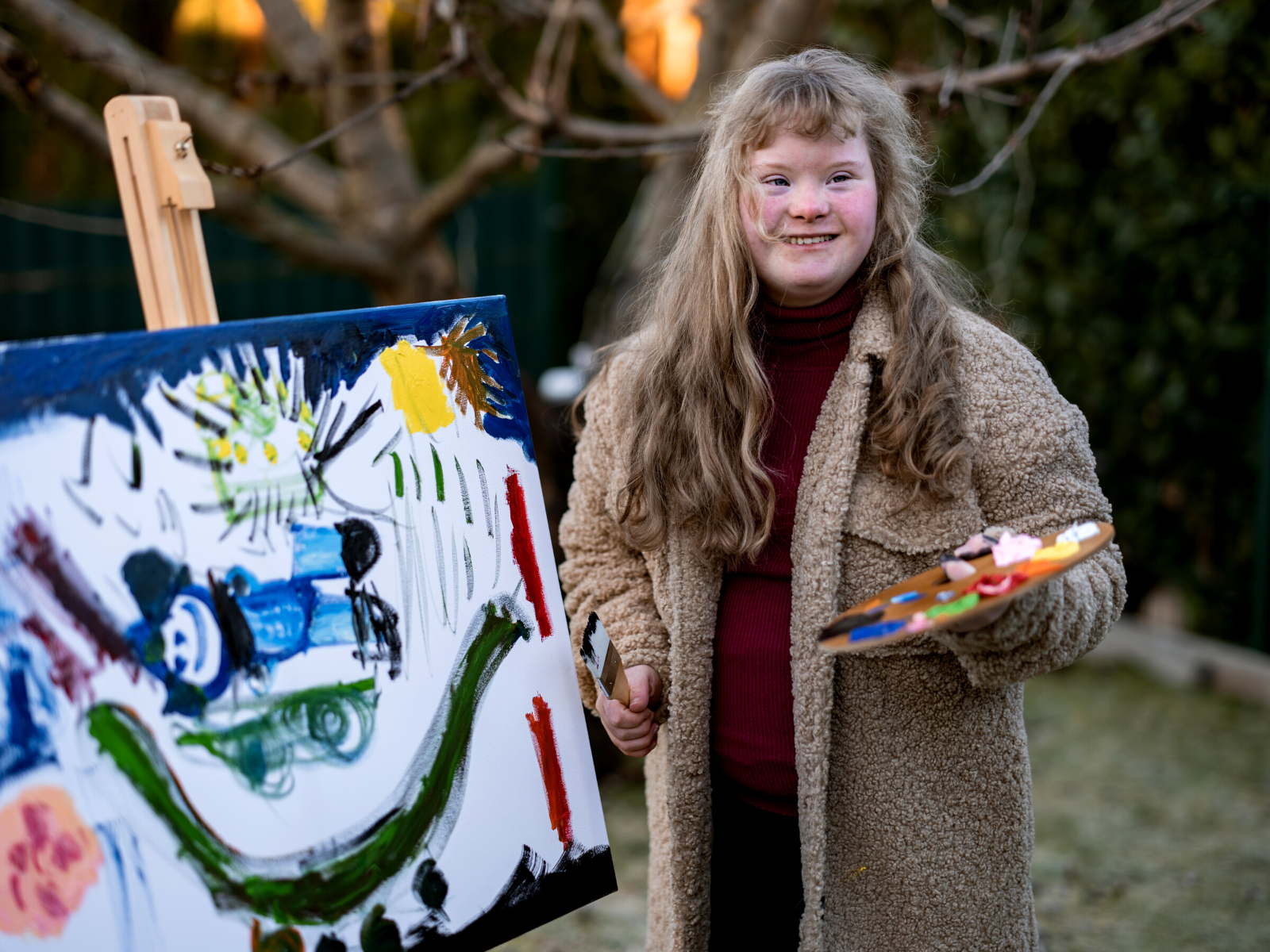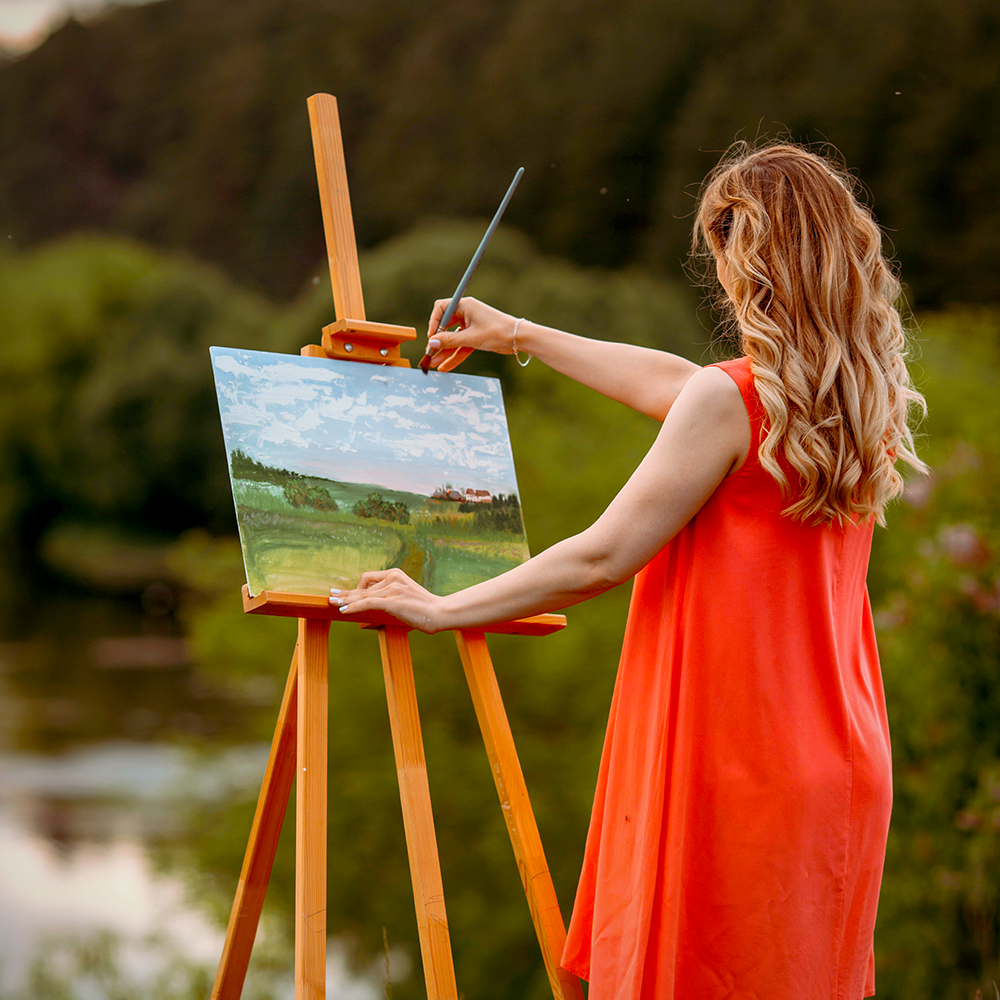Have you ever wanted to try your hand at painting but thought it was too complicated and challenging?
Well, think again!
Plein air painting is a type of painting that can be enjoyed by artists of all skill levels.
All you need is a canvas, some paint, and a paint brush, and you're good to go!
Plein air painting is a wonderful way to express yourself, capture the beauty of nature, and learn about the basics of painting in an enjoyable setting.
In this article, we'll cover the basics of plein air painting, from what supplies you need to tips for getting started and improving your technique.
By the end of this tutorial, you'll have the knowledge and confidence you need to begin painting plein air.
So, let's get started!
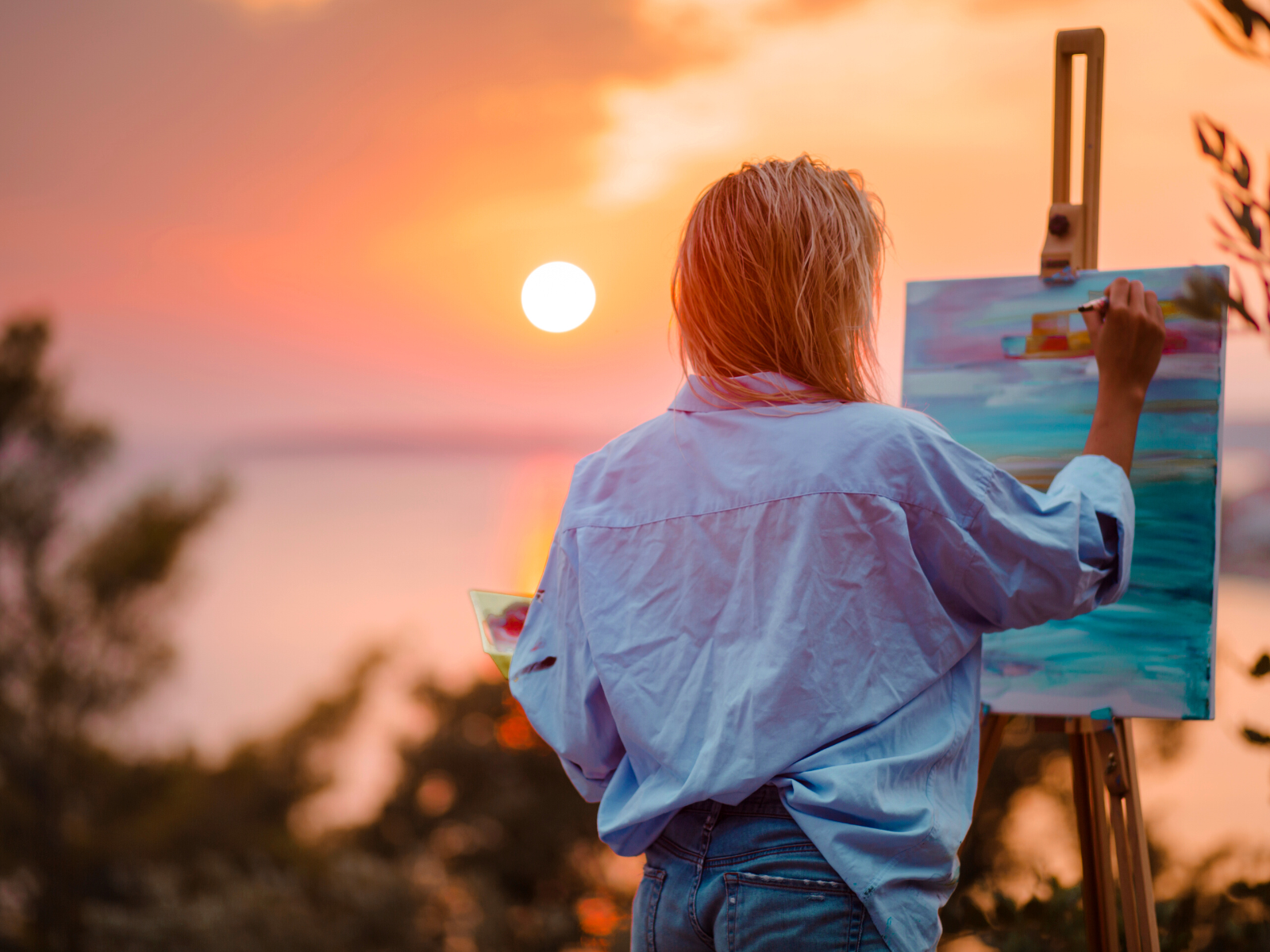
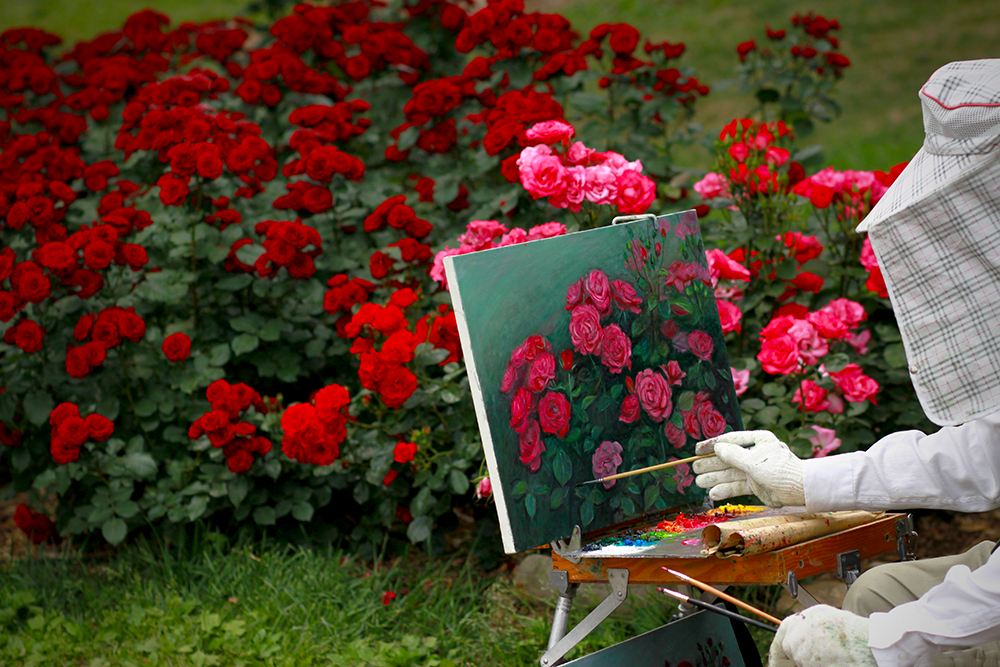
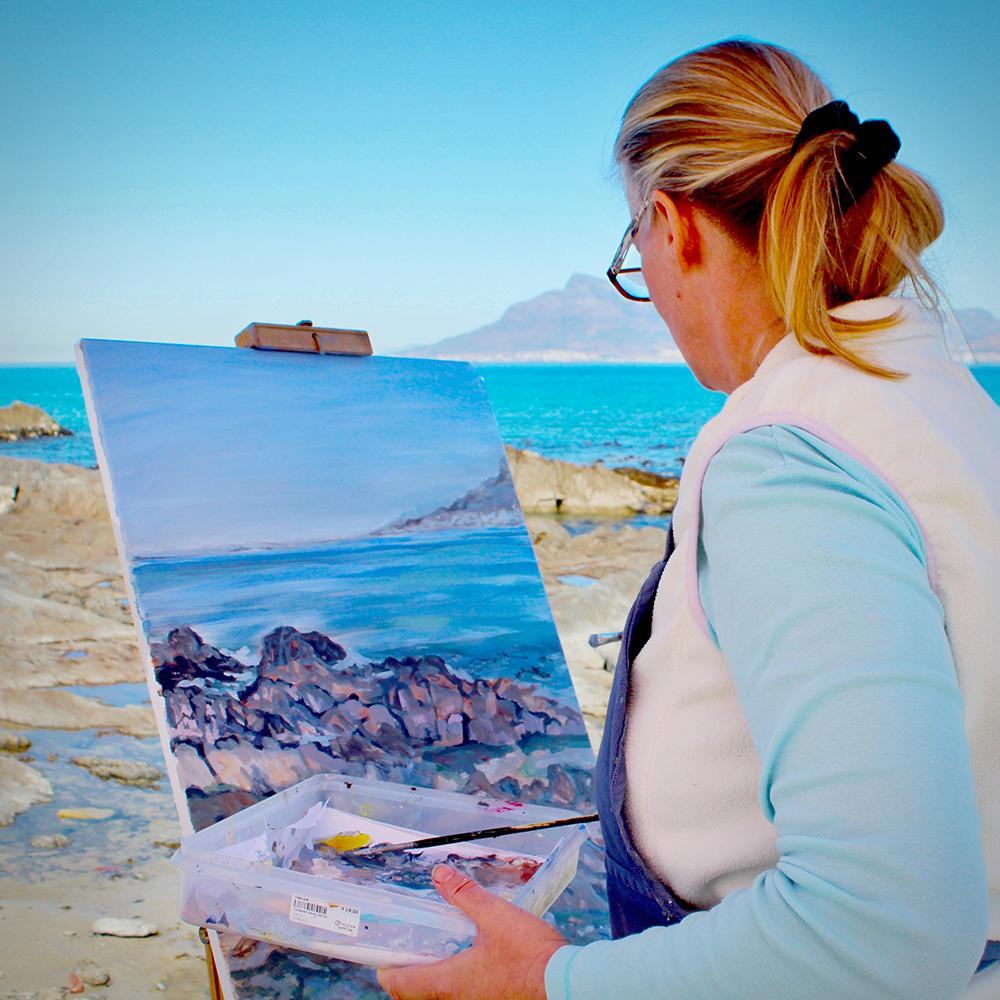
What Is Plein Air Painting?
Plein air painting gets its name from the French expression "en plein air," which means "in the open air."
This type of painting is done outdoors, hence the name.
The beauty of plein air painting is that it allows you to capture the world around you in all its glory.
The colors are more vibrant and the details are sharper when you're painting en plein air.
Many artists adore oil painting and creating en plein air, so trust us, it's an experience you won't want to miss!


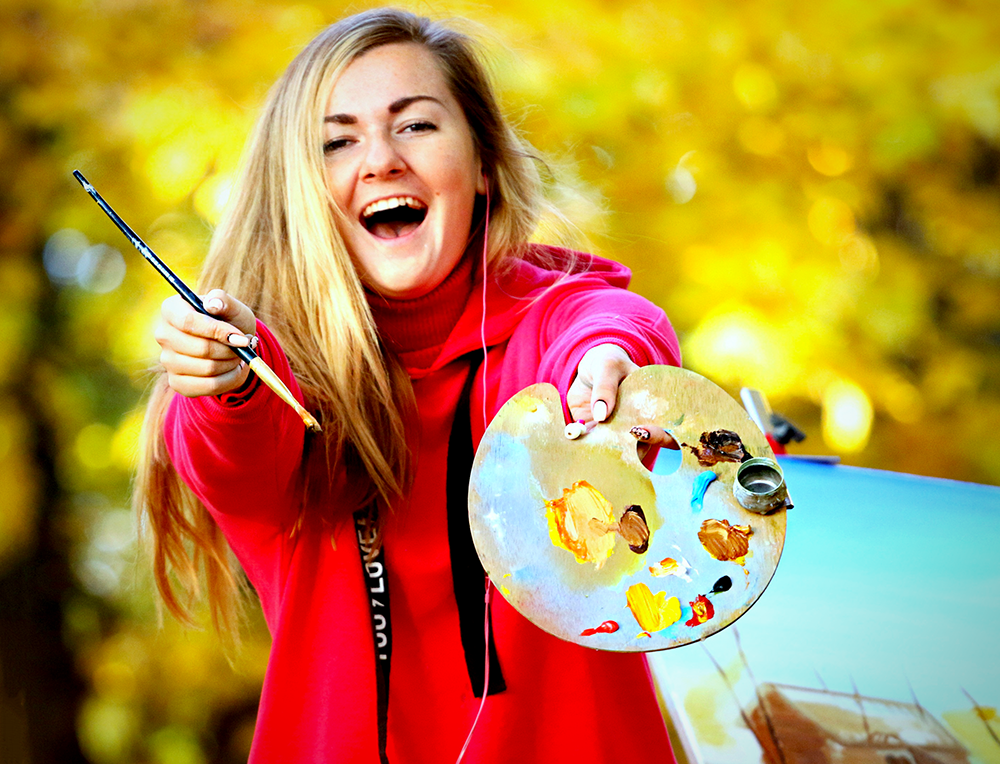
History of Plein Air Painting
Plein air painting has been around for hundreds of years, dating back to the Renaissance.
The renowned artist Claude Monet is credited with popularizing the style in the nineteenth century, alongside other French impressionists, like Pierre-Auguste Renoir.
Claude Monet believed that painting outside allowed him to capture the subtle nuances of nature, as opposed to the stiff, formulaic style of painting in a studio.
Monet's philosophy on plein air painting resonates with painters to this day, as evidenced by the growing popularity of outdoor painting.
The idea behind plein air painting is to capture the feeling of a particular moment or place in nature with a spontaneous and immediate approach.
Its appeal lies in the fact that it is an accessible form of painting, one which can be enjoyed by artists of all skill levels.

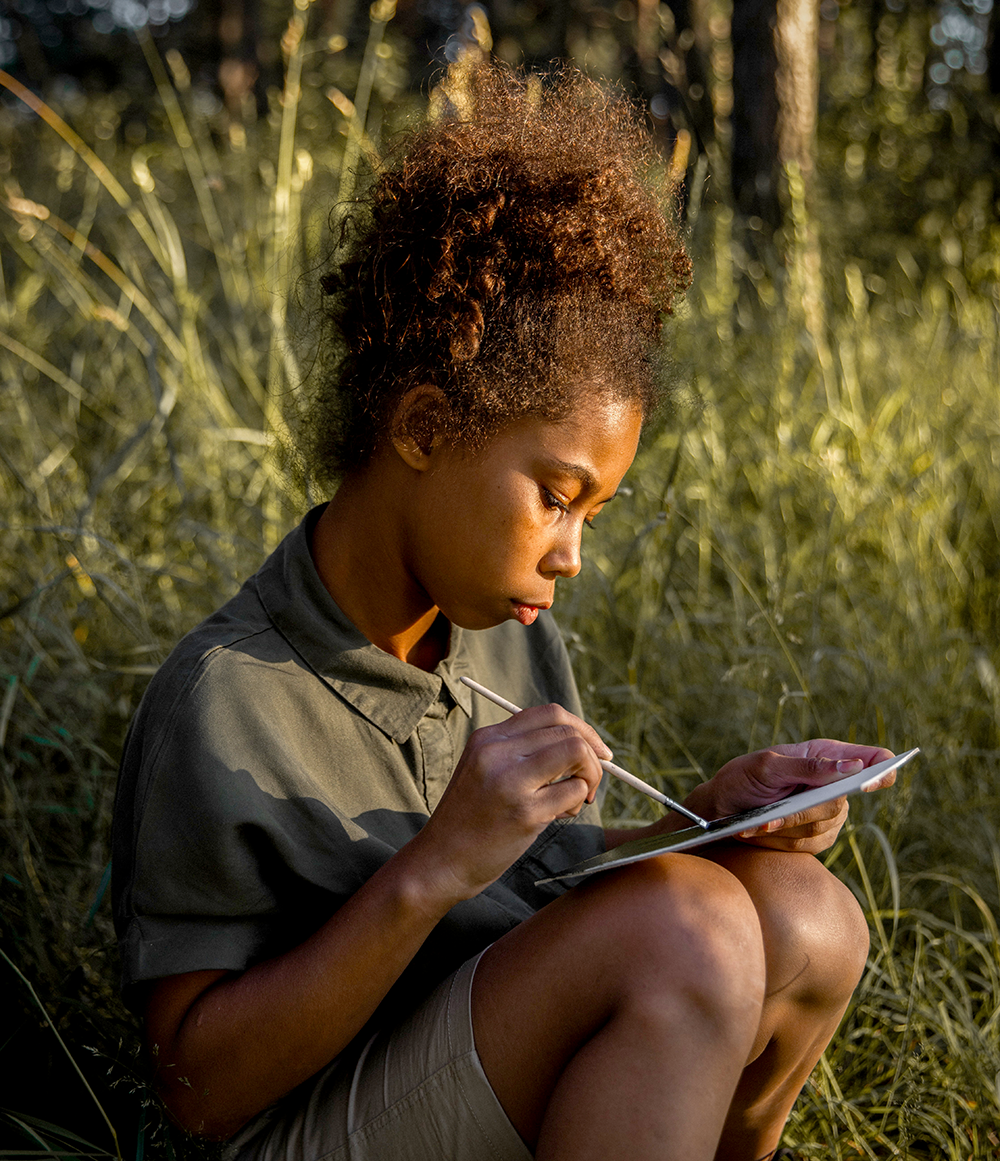

Plein Air Painting Supplies
Painting en plein air is pretty simple to get started.
If you want to start plein air painting, you'll want to make sure you have the following supplies:
- A painting surface, such as a canvas, panel, or paper.
- Paints
- Paint brushes
- Paint palette or cups for color mixing
- An easel or other support to hold your painting surface in place.
- A portable chair and table for comfort while painting (optional)
- An umbrella or tent to protect you from the elements (optional)
Once you have all the necessary supplies, you're ready to start painting!
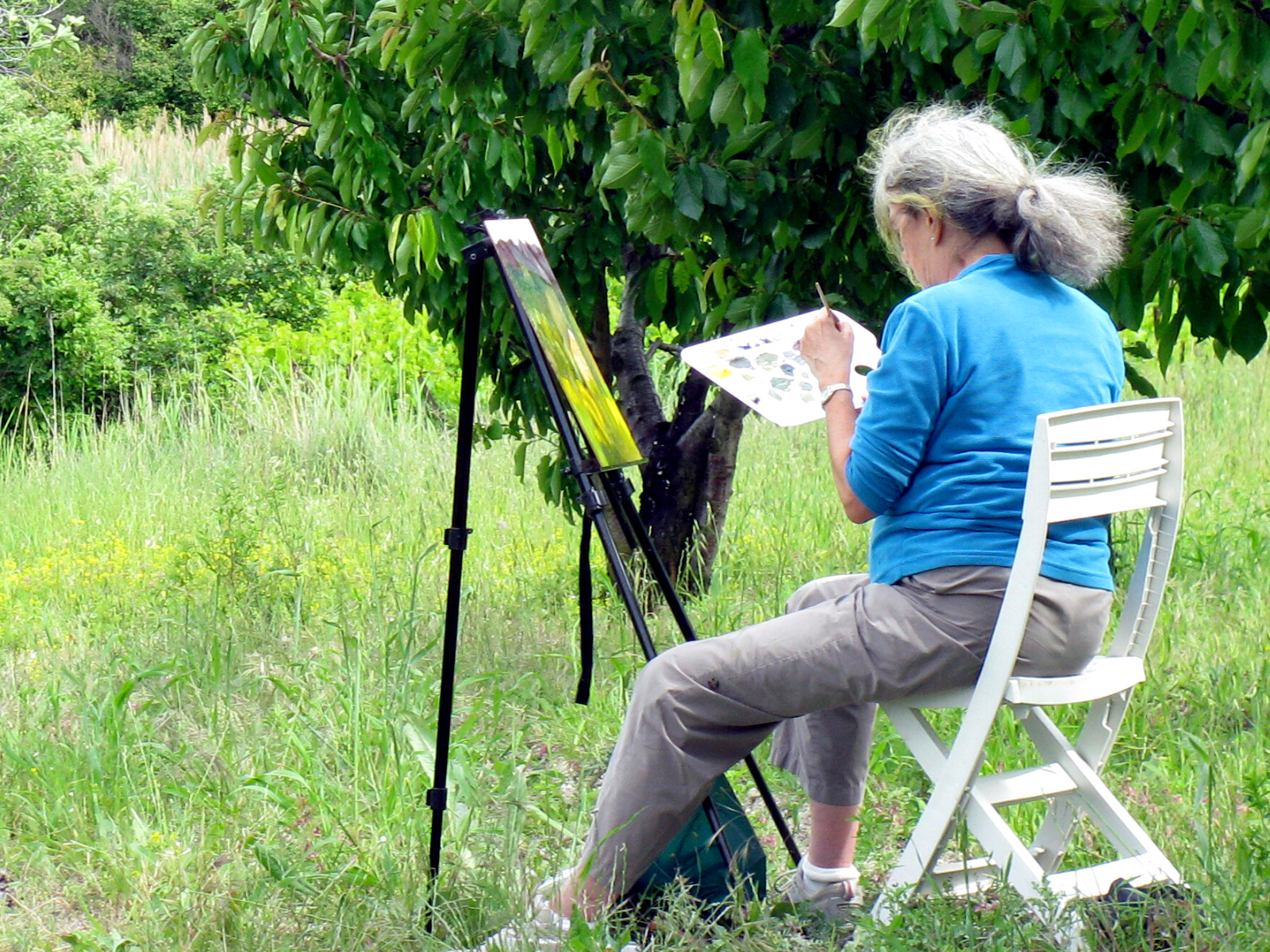


Plein Air Painting Techniques
Now that you have all the supplies you need, it's time to learn some plein air painting techniques.
The goal of plein air painting is to capture the feeling of a particular moment in nature.
Therefore, it's important to work quickly and spontaneously, so you can capture a sense of movement and light.
Before you add any details, focus on setting up the composition of your painting.
Sketch out the outlines and basic shapes of what you are painting; artists sketching out the basics of their art piece helps lay the foundation and make creating simpler.
Focus on how the light creates shadows and highlights the different elements of your painting.
Then, begin adding details to refine your piece.
The beauty of plein air painting is that it allows you to play with different paint colors and textures.
Experiment with different brush strokes, such as stippling or impasto to add texture and dimension to your painting.
Finally, take some time to step back and evaluate your painting from a distance.
This will help you determine if any adjustments need to be made.
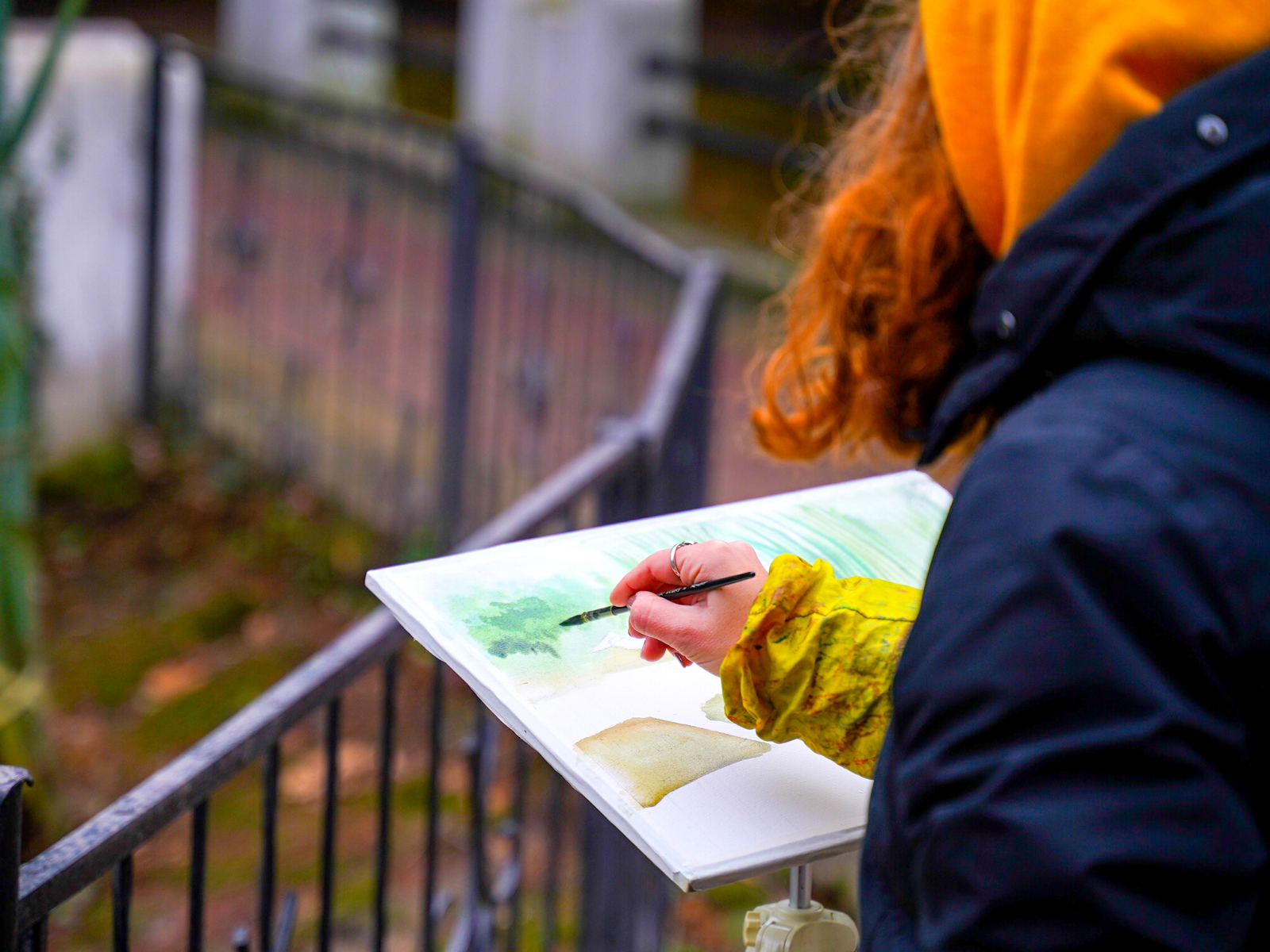

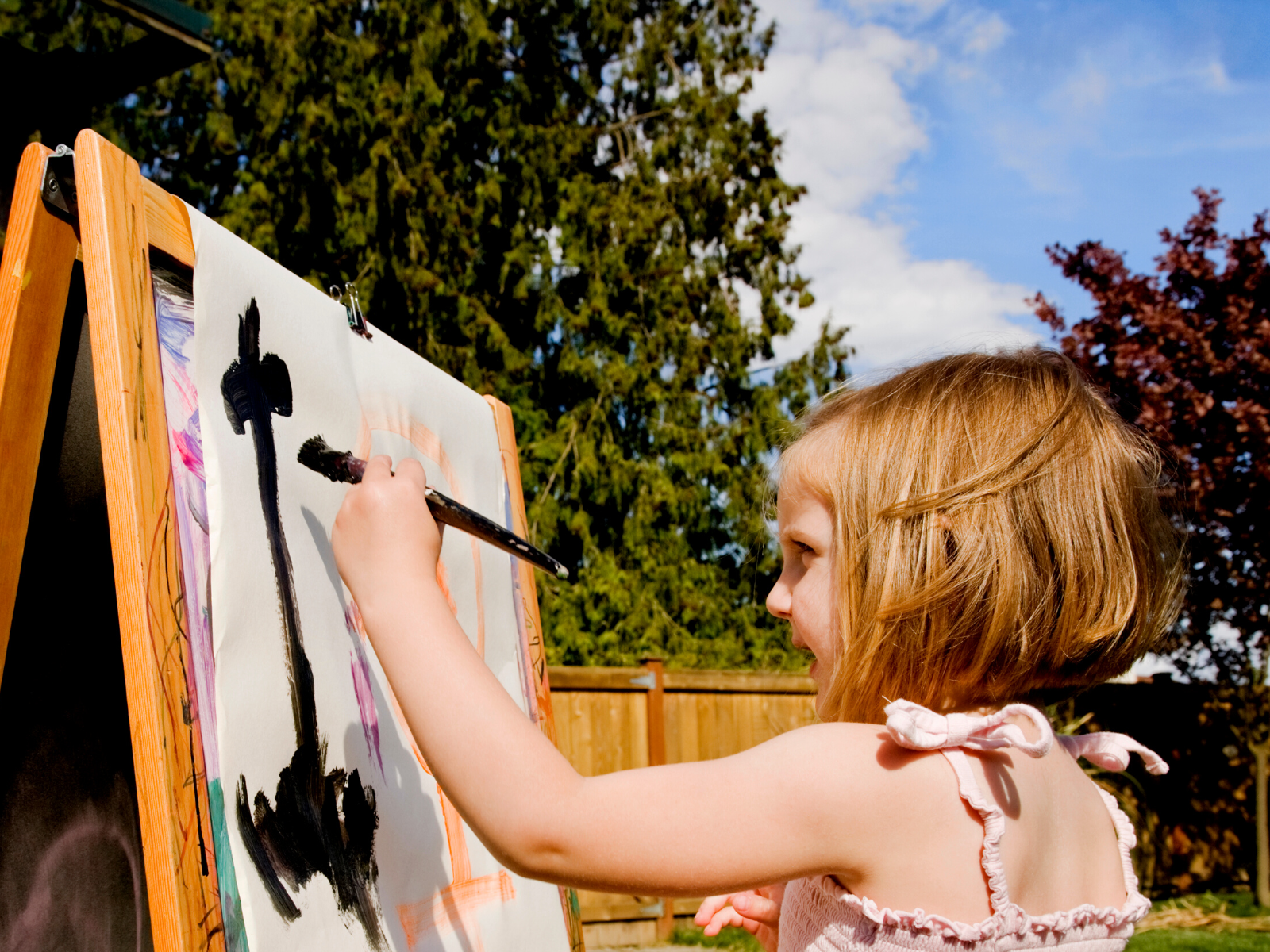
Tips for Painting Plein Air
Now that you have your supplies and know a bit more about plein air painting, let's discuss some tips for getting the most out of it.
1. Start Small and Simple
When you're first starting out with plein air painting, it's best to start small and simple.
Focus on a single subject or landscape, and take your time to practice the basics of plein air painting.
2. Get Familiar with Light
When you're painting outdoors, it's important to get familiar with how light affects the colors and shapes of your subject matter.
Natural light is great for creating artwork, so use sunlight to your advantage!
Pay attention to how different times of day can change the appearance of your painting, and use this to your advantage when creating a piece.
3. Paint Quickly
Plein air painting is all about capturing the moment, so you want to be sure to paint quickly and spontaneously.
No need to overthink your strokes; just trust your instincts and let the painting unfold naturally.
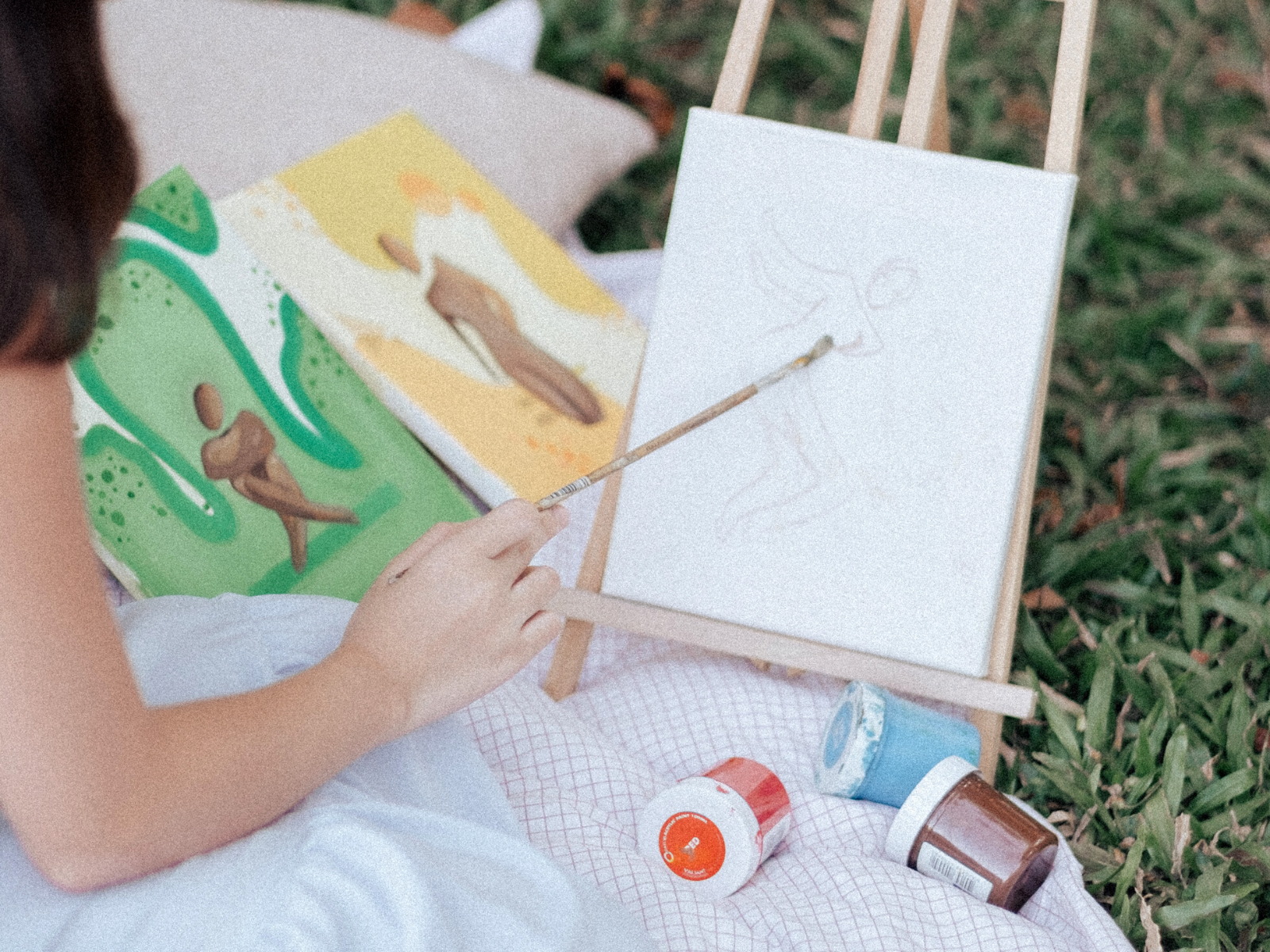
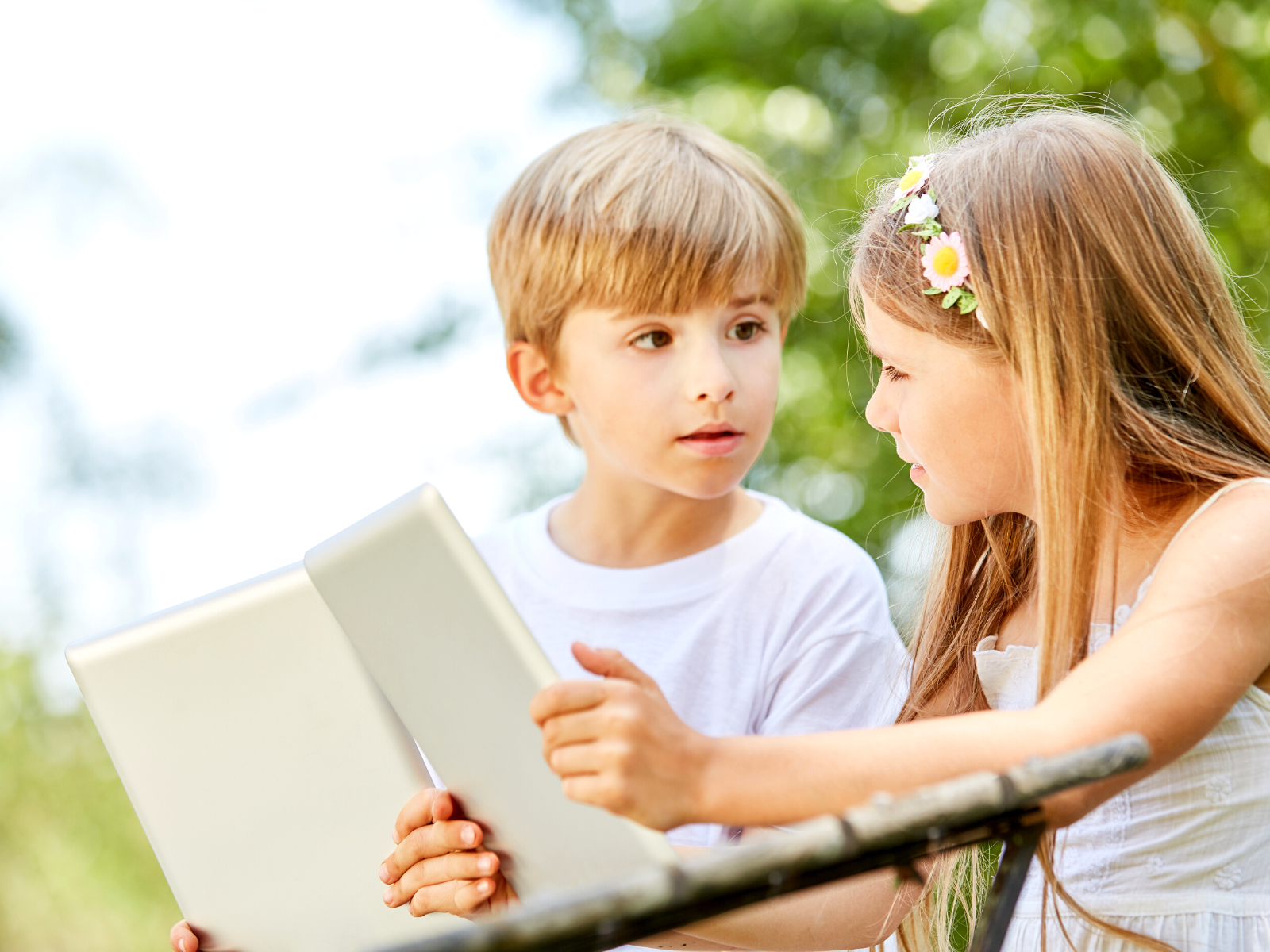

4. Travel Light and Get Creative with Supplies
When you're painting en plein air, it's important to travel light because you don't want to be lugging around a bunch of heavy equipment.
You have to carry around whatever supplies you bring with you, so get creative with what you choose.
Be resourceful and think outside the box when it comes to painting supplies.
For example, you can use a piece of cardboard as a wet palette or a cup to mix your paints.
5. Be Willing to Go the Distance
Sometimes the most beautiful scenery requires a bit more effort to reach.
So be willing to go the distance and explore new places with your painting supplies in tow.
You may find some unexpected beauty that you would have otherwise missed.
6. Simplify Your Color Palette
When it comes to plein air painting, less is more.
Instead of bringing a full range of colors, choose just a few key colors to simplify your palette.
Mixing and blending different colors can help create a beautiful painting that is true to the scene.

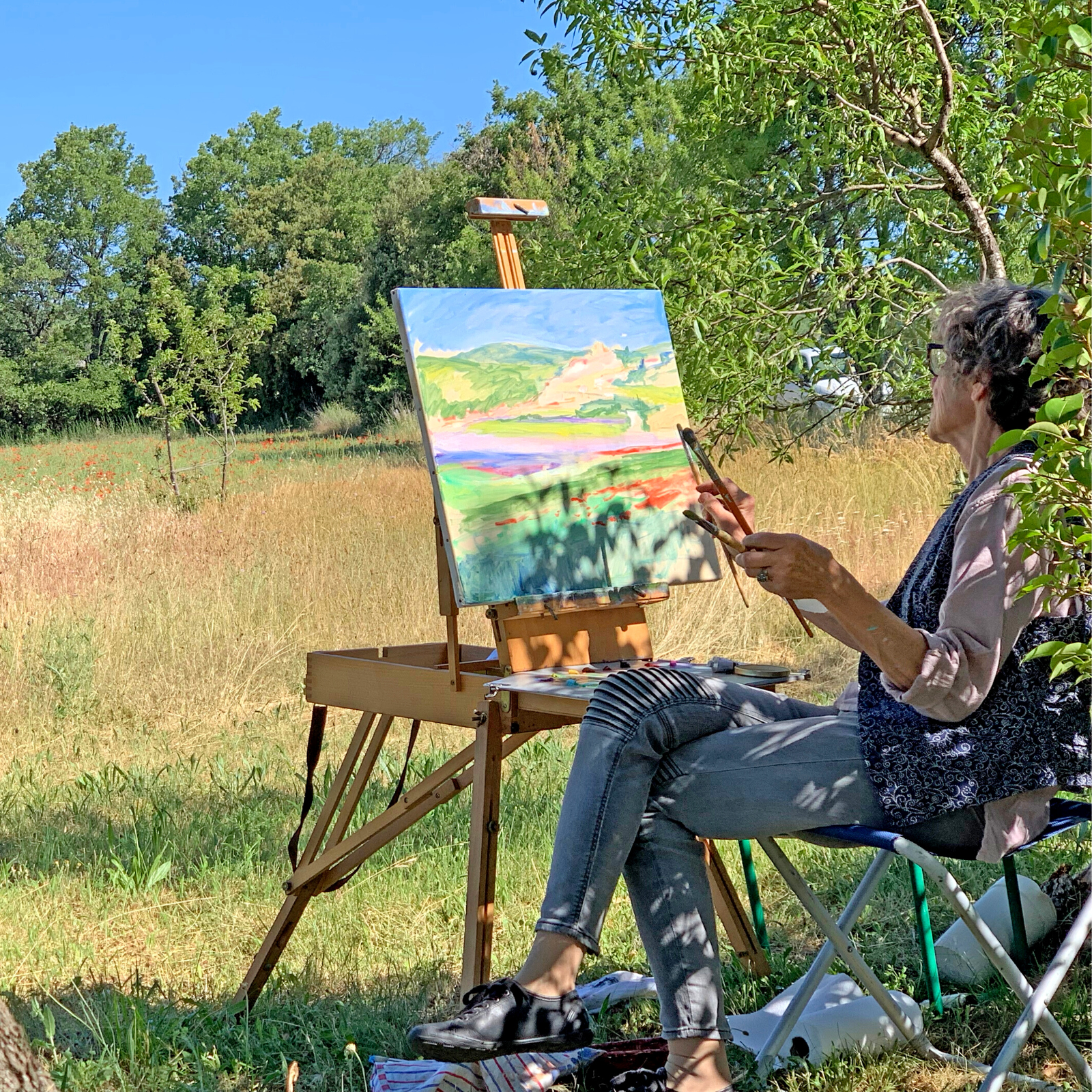
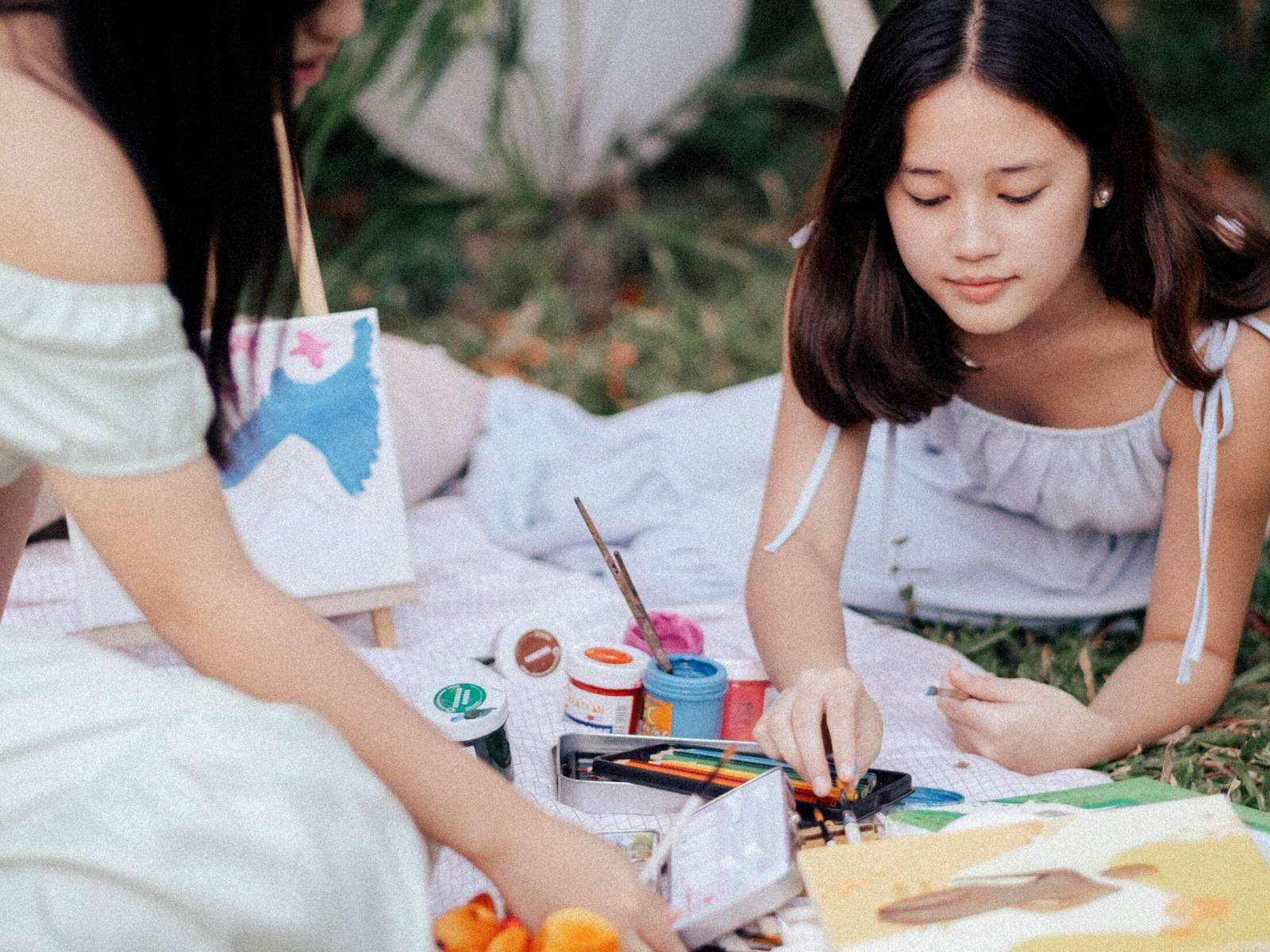
7. Incorporate Found Items
Nature provides endless opportunities for creative expression.
Look around your painting site and see if you can incorporate any interesting items such as rocks, leaves, or branches into your painting.
By using items from nature, such as sticks and leaves, you can add fun texture to your painting.
8. Take Breaks
When painting en plein air, it's important to take breaks in order to keep your energy and ideas fresh.
Try stepping away from your painting for a few minutes at a time, and then coming back to it with a refreshed perspective.
9. Have Fun
Above all, remember to have fun!
Plein air painting is a great way to get outside, connect with nature, and create something beautiful.
So, take your time and enjoy the process of painting en plein air.
We hope these tips help you get the most out of your plein air painting experience!
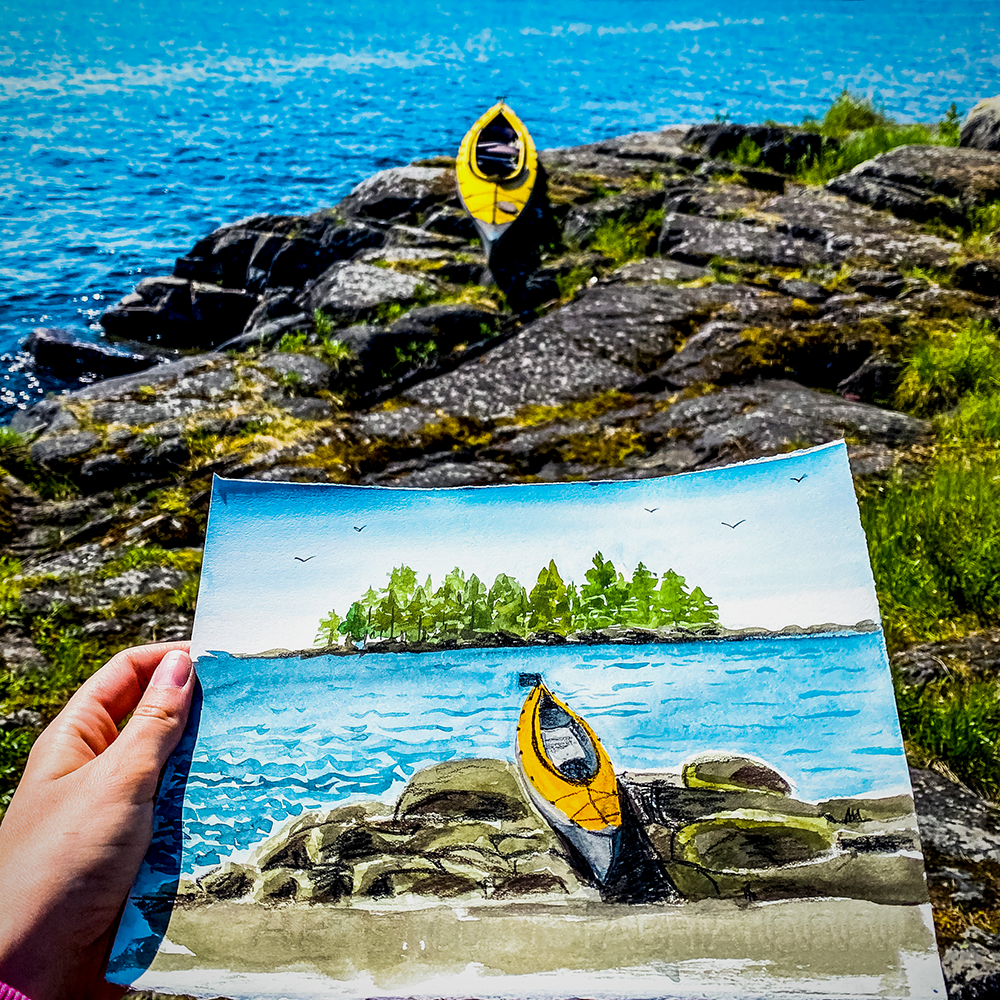
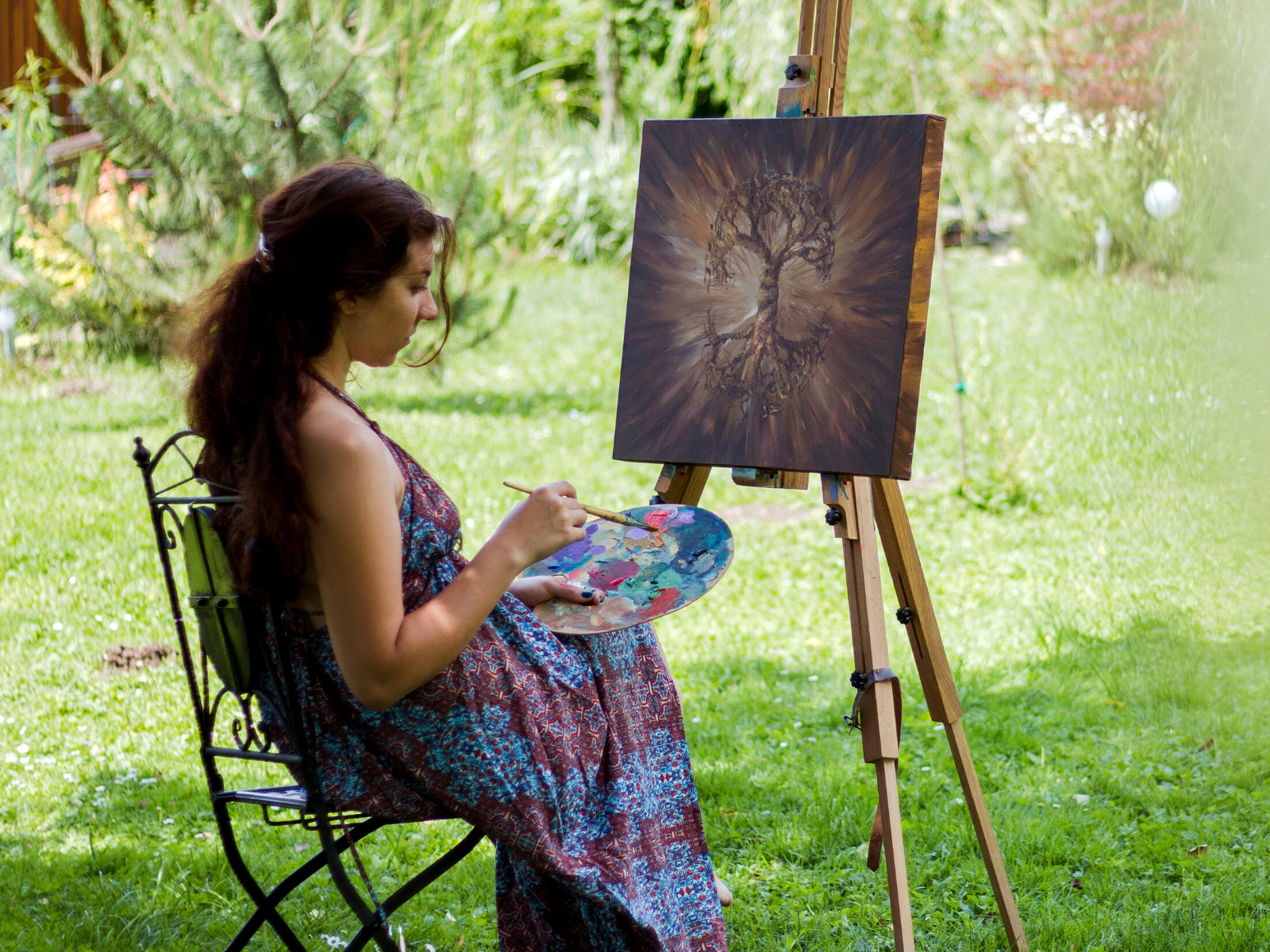
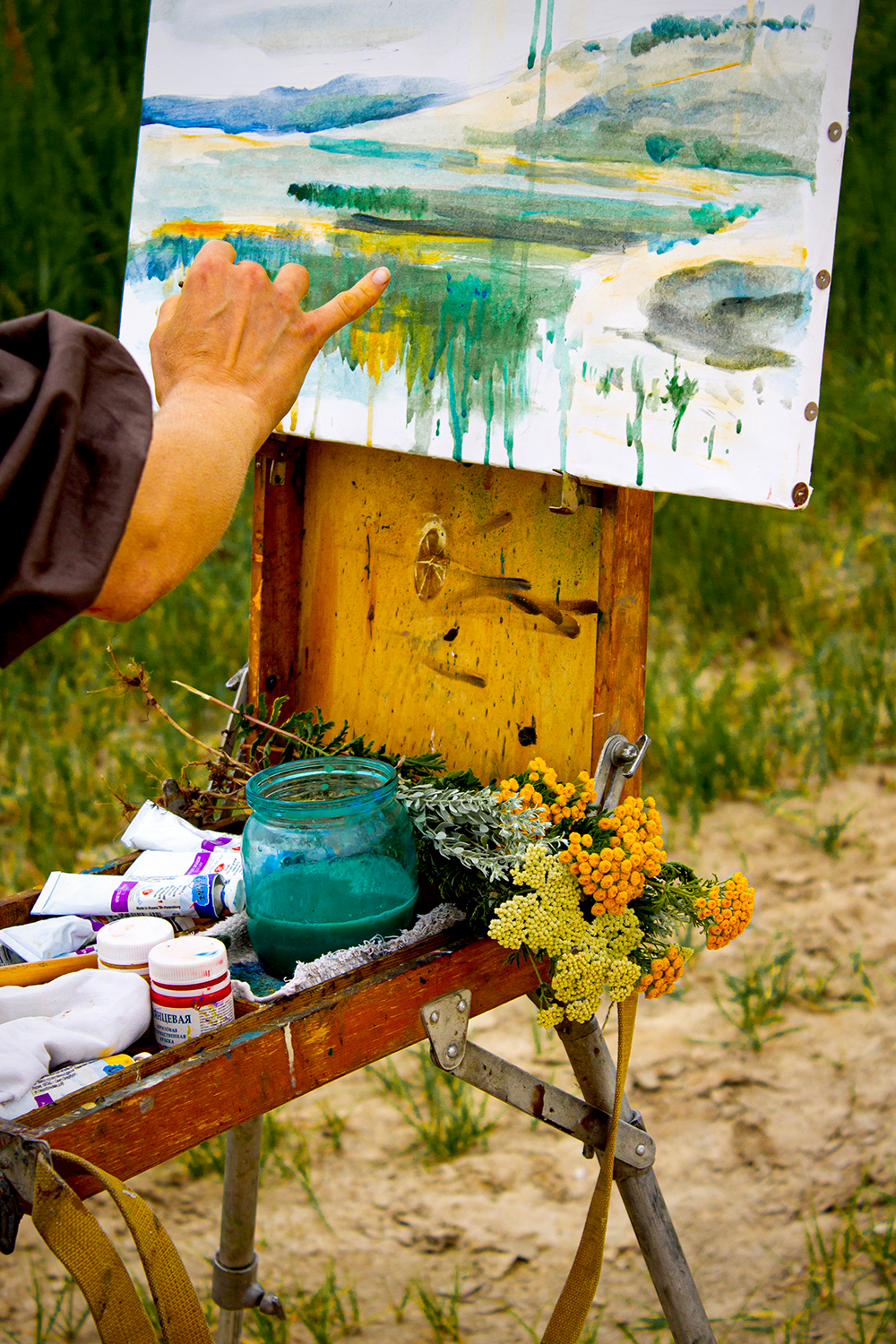
Why You Should Try Plein Air Painting
There are many reasons why plein air paintings are popular among artists and plein air painters.
For starters, it's a great way to relax and forget about your worries for a little while.
When you're immersed in your painting, the rest of the world seems to fade away.
It's also a great opportunity to get some fresh air and sunshine!
Plein air painting is also an excellent way to improve your skills as an artist.
By painting in different environments and observing the world around you, you'll develop a keener eye for detail.
You'll also learn how to capture light and shadow in your paintings.
Not to mention, the experience will give you plenty of fodder for future paintings back in the studio.
You should definitely start painting, so give plein air painting a try!
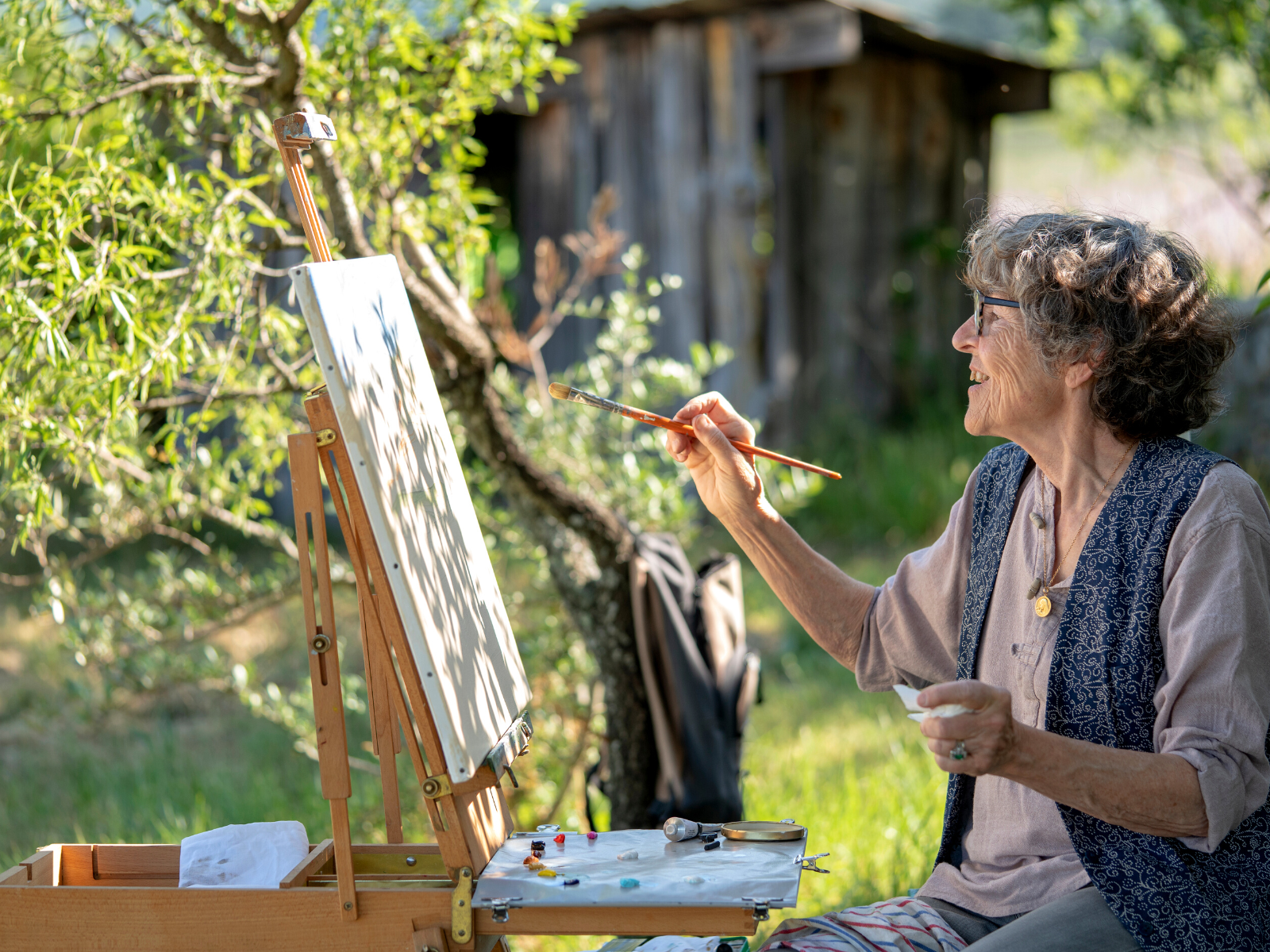

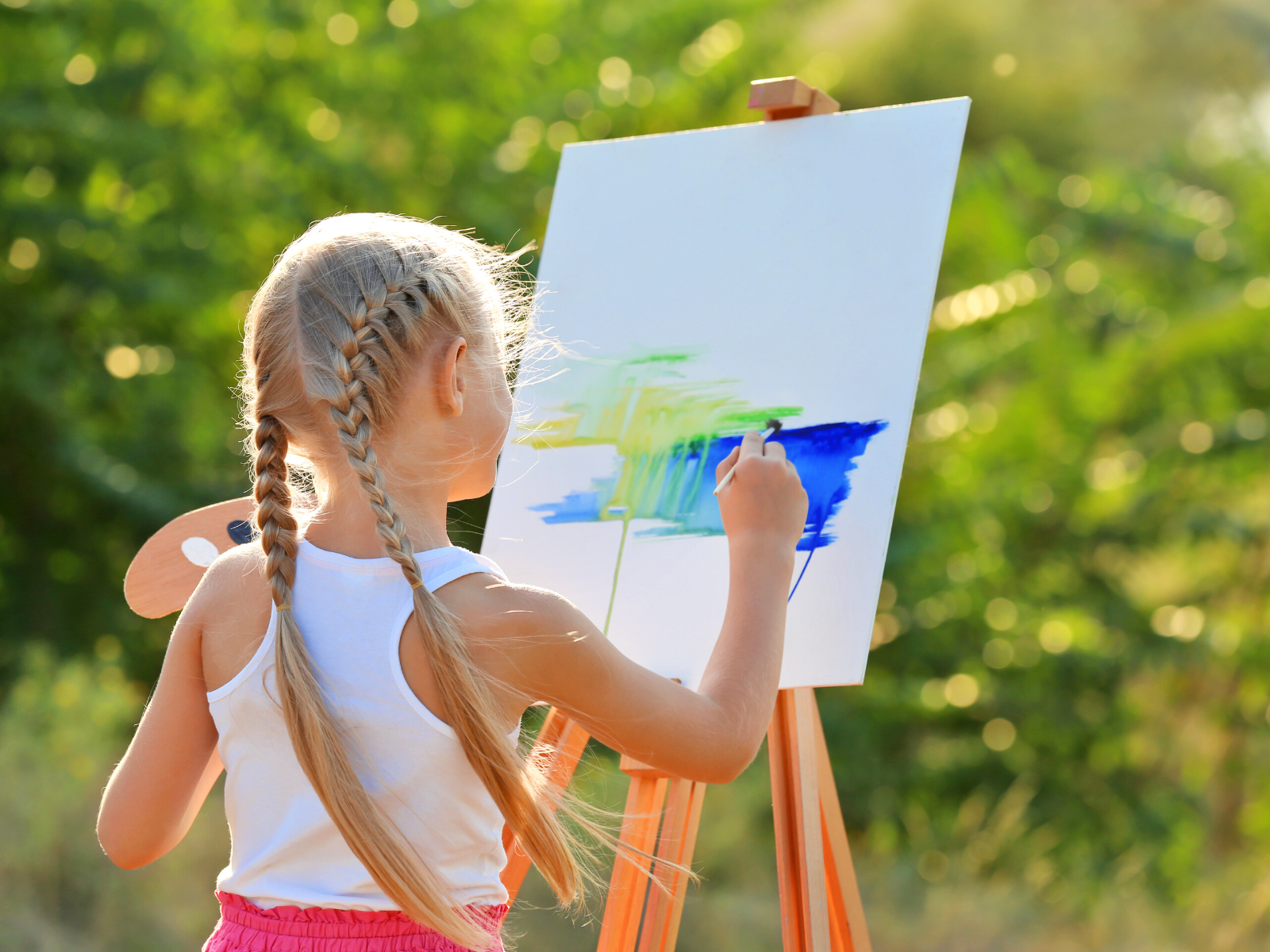
En Plein Air Painting
Overall, plein air painting is a great way to capture the beauty of nature in its purest form.
It allows you to observe the world around you in a whole new light and create something beautiful at the same time.
Be sure to keep these tips in mind as you embark on your plein air painting journey!
If you're ready to give plein air painting a try, grab your supplies and get out there!
You never know what kind of amazing work you'll create; happy painting!



Eager to learn more about painting en plein air? Check out Ian Roberts' video!
Want even more content about creativity and art?
Be sure to check out all of our creative chronicles!
Interested in learning more about painting?
Check out our other painting articles:

